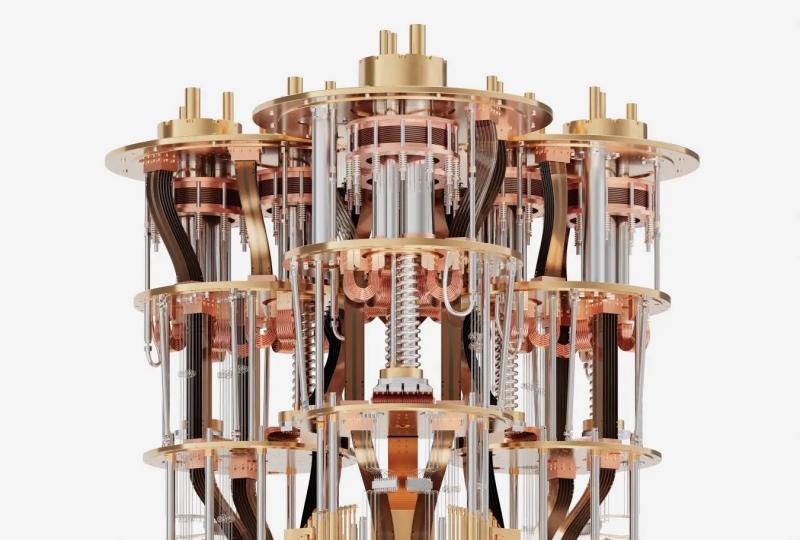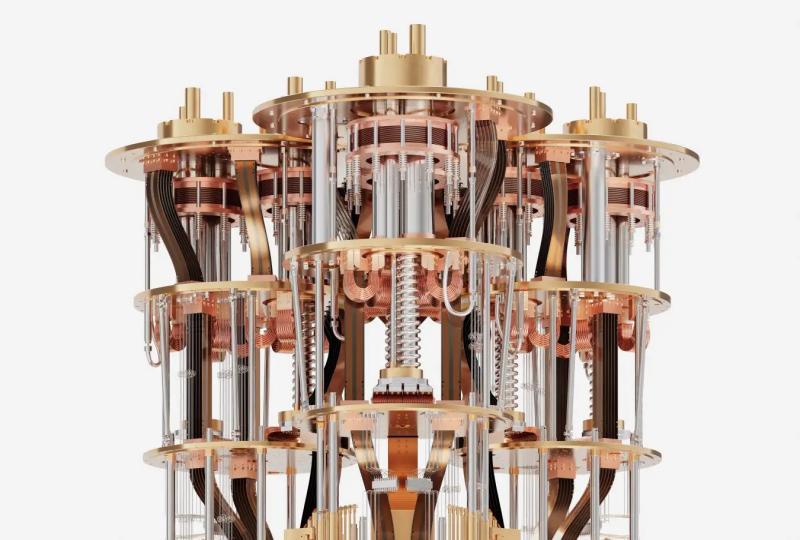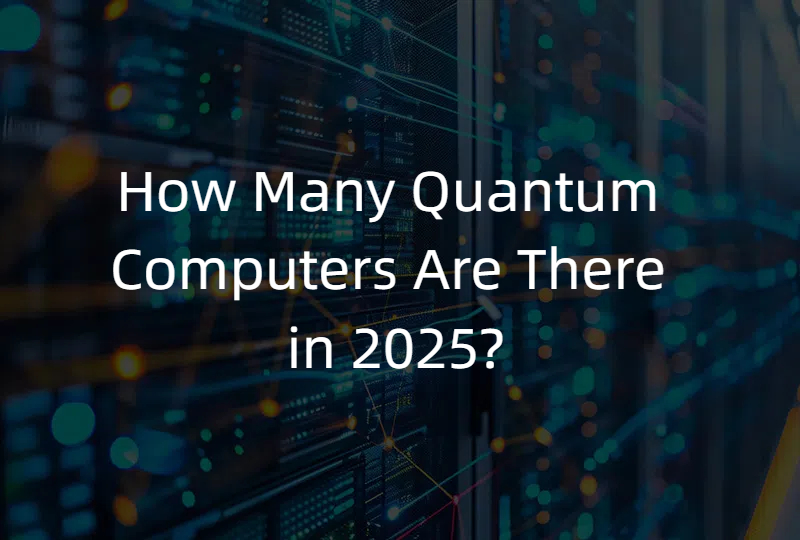What Is a Qubit in Quantum Computing? [Ultimate Guide]
2025.04.30 · Blog what is a qubit in quantum computing
Quantum computing represents a revolutionary shift from classical computation, and at the core of this shift is the qubit—short for quantum bit. Understanding what a qubit is, how it works, and why it matters is essential to grasp the promise and challenge of quantum computing.
Classical Bit vs. Qubit
In traditional computers, data is processed using bits that exist in one of two states: 0 or 1. In contrast, a qubit can exist in a superposition of both states, represented mathematically as:

where α and β are complex numbers that determine the probability of the qubit collapsing to either 0 or 1 when measured. This allows quantum computers to perform multiple operations simultaneously.
Fundamental Properties of Qubits
a. Superposition
Superposition allows qubits to exist in a combination of 0 and 1 at the same time. This enables quantum computers to evaluate many outcomes in parallel, significantly accelerating specific computations.
b. Entanglement
When qubits are entangled, the state of one qubit is directly correlated with the state of another, regardless of the distance between them. Entanglement is a critical resource for quantum algorithms, enabling powerful correlations that classical systems can't replicate.
c. Coherence
Quantum systems must maintain coherence long enough to perform calculations. Coherence time is a measure of how long a qubit maintains its quantum state before decoherence (interaction with the environment) causes it to behave classically.
d. Measurement and Collapse
Upon measurement, a qubit collapses to a definite classical state—either 0 or 1—with probabilities |α|² and |β|². This irreversible process is central to quantum information extraction.
Types of Physical Qubits
Qubits can be realized in various physical systems. Each platform offers different trade-offs in terms of fidelity, scalability, coherence time, and ease of control:
-
Superconducting Qubits – Used by IBM, Google, and SpinQ; fast gate times but shorter coherence.
-
Trapped Ion Qubits – Used by IonQ and Quantinuum; high coherence and precision, but slower.
-
Photonic Qubits – Used by Xanadu; operate at room temperature and are good for communication.
-
Spin Qubits – Use electron or nuclear spin in semiconductors or NV centers.
-
Topological Qubits – Hypothetical qubits based on exotic states of matter, highly error-resilient.
-
Neutral Atom Qubits – Use arrays of atoms trapped by lasers; promising for scaling.
Why Qubits Matter in Quantum Computing
The power of qubits lies in their ability to enable quantum parallelism and quantum interference, both essential for the performance of quantum algorithms such as:
-
Shor's algorithm (factoring large integers)
-
Grover's algorithm (searching unsorted databases)
-
Quantum simulation of molecules and materials
-
Quantum machine learning and AI tasks
-
Optimization problems across industries
The more high-fidelity, controllable qubits a quantum processor has, the more powerful it becomes.
Challenges in Qubit Technology
Despite their promise, qubits are extremely delicate. Key challenges include:
-
Decoherence: Qubits lose their quantum state quickly due to environmental noise.
-
Error Rates: Quantum gates have non-negligible error rates, demanding correction.
-
Scalability: Building and managing systems with thousands or millions of qubits is technically complex.
-
Quantum Error Correction (QEC): Necessary for building fault-tolerant quantum computers, but resource-intensive—often requiring 1000+ physical qubits per logical qubit.
Future Outlook
Advances in qubit design and control systems are rapidly accelerating. Companies and research labs are:
-
Developing cryogenic control electronics
-
Integrating qubits with quantum-classical hybrid architectures
-
Working on modular quantum systems and quantum networks
The eventual goal is building fault-tolerant quantum computers with millions of qubits, capable of solving problems beyond the reach of even the fastest supercomputers.
Conclusion
Qubits are the quantum core of next-generation computing. Their ability to represent and process information in fundamentally new ways opens doors to exponential speedups in computation, with transformative implications across cryptography, chemistry, AI, finance, and beyond.
Understanding qubits is the first step to understanding the future of computing.
Featured Content






